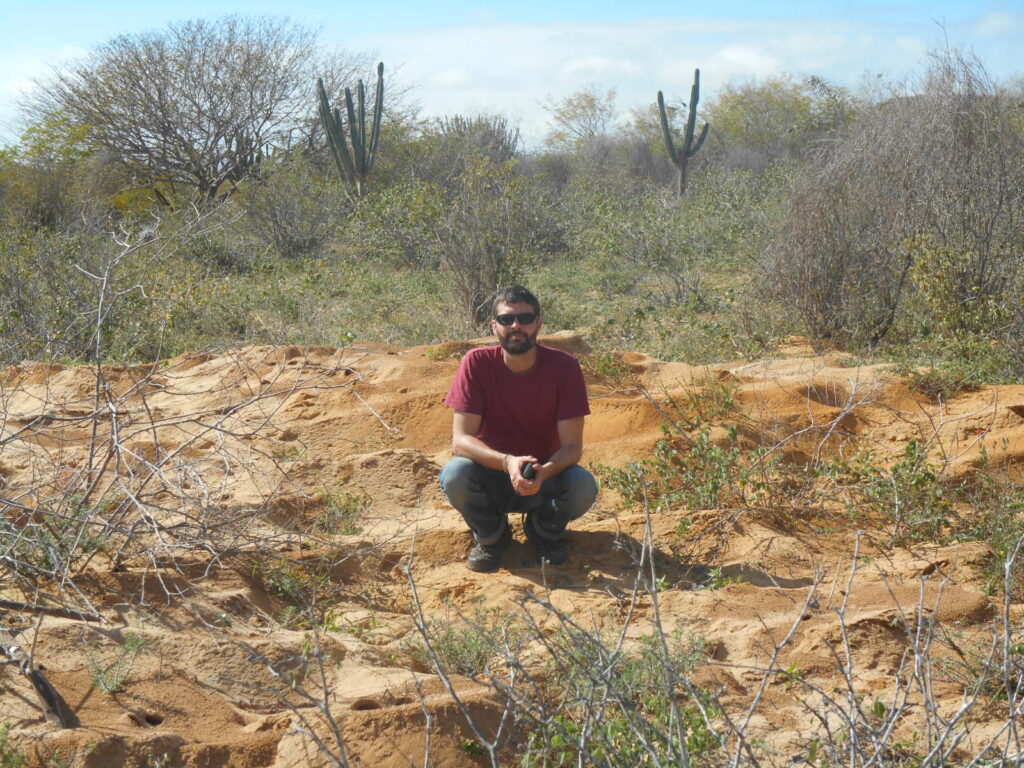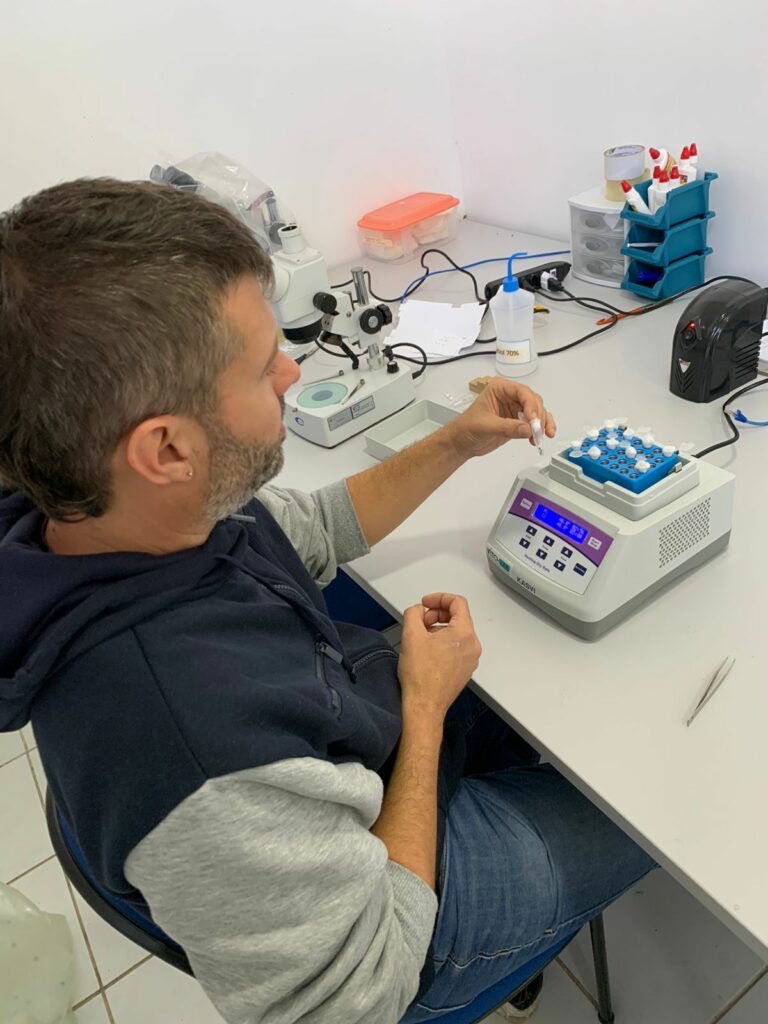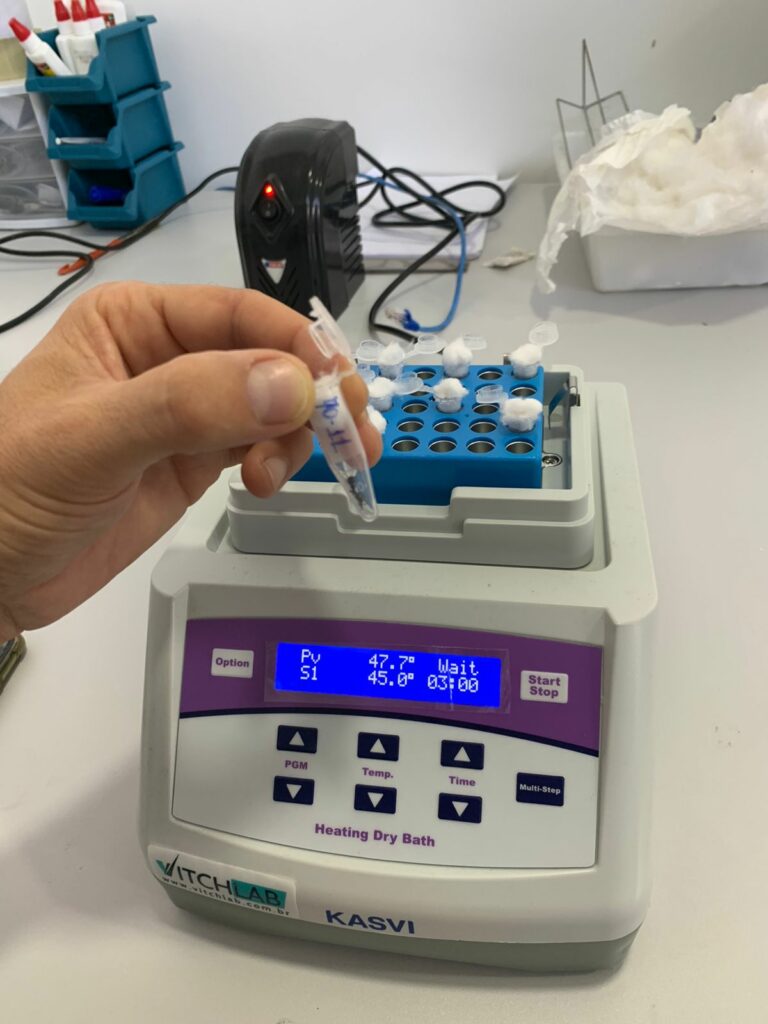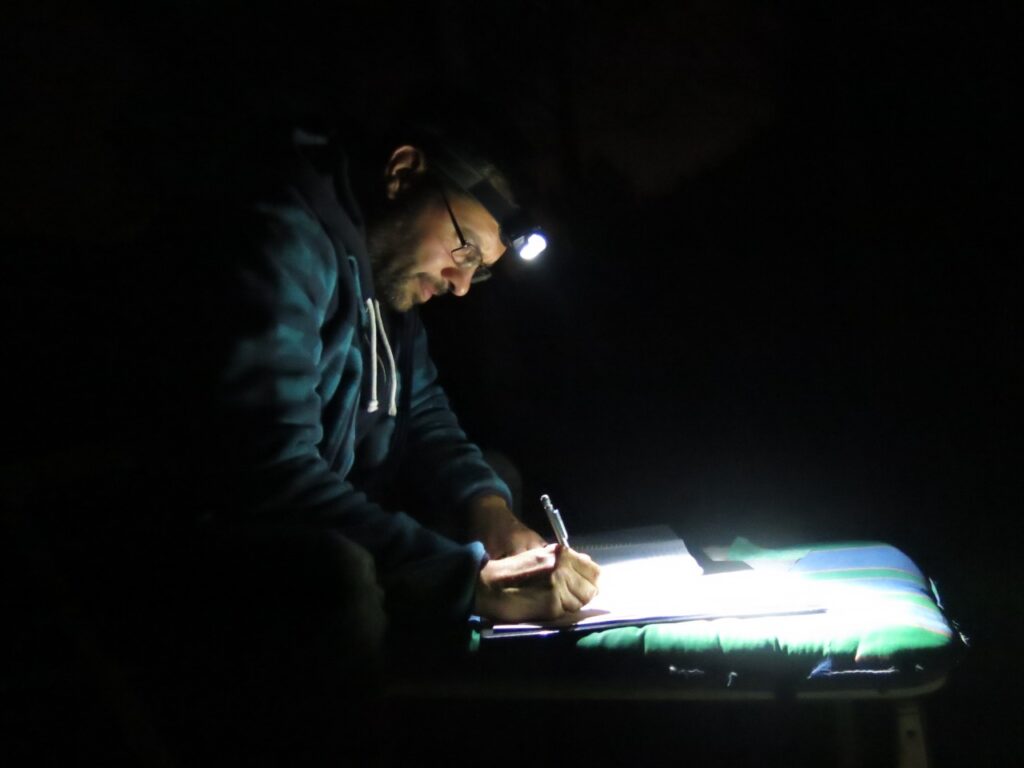Critical thermal limits in ants
In the recent paper “Critical thermal limits in ants and their implications under climate change” published in Biological Reviews, the authors Geraldo Nascimento, Talita Câmara, and Xavier Arnan review the recent literature on physiological critical thermal limits in ants, that is, the highest and lowest temperature ants can withstand without dying. Critical thermal limits are important for ants and any other organism because the limits constrain their performance and shape their abundance, current distributions, and future distributions. Knowledge of such limits in ants is especially important in the face of ongoing climate change to evaluate whether various species might be able to cope with changing environmental conditions. Here, Xavier Arnan shares a personal view on this topic and highlights the main points.
A View by Xavier Arnan

As a child, I was fascinated by ants. I would spend endless hours watching them and pondering a long list of questions: Why were the ants inside my parents’ house different from the ones in the garden? Why did granivorous ants wait until noon to steal the seeds my mother had planted, only coming out during the hottest part of the day? Why were the same seeds left to languish at night, ignored by other ants that were quite different in appearance and color? Why did I usually see ants making trails in the evening? Why, when visiting my grandparents far away from my home, did I see the same types of ants as in my garden but at different times of day?
Many of the questions I asked myself all those years ago are now at the heart of my research, which focuses on physiological thermal limits. For those who are not as familiar with the term, physiological thermal limits are the lowest or highest environmental temperatures that organisms can withstand without dying or losing the ability to function. In other words, how hot or cold can organisms can get without suffering irreversible consequences? These limits are important in ants because ants are ectotherms, which means that their body temperatures are highly dependent on environmental temperatures. Thus, a species’ thermal limits will affect its performance in different places at different times. As researchers, it is important to understand these constraints on ant activity if we want to understand patterns of ant occurrence and efficiency, both in the here and now as well as in the future.
In early 2020, we were about to start an exciting project looking at how maximum thermal limits differed at different levels of biological organization. That is, we wanted to know what was going on among all the ant species within a community as well as among colonies of a given species and among workers living in the same colony. The goal was also to understand what factors might be at play. However, the arrival of COVID-19 and the resulting public health restrictions prevented us from launching the project that year. At the time, I was just a few months into a new job, at the University of Pernambuco, in a new city, Garanhuns, Brazil. My lab was just getting off the ground. However, together with my master’s student Geraldo Nascimento and my postdoctoral fellow Talita Câmara, we made the best of the unprecedented situation and dedicated ourselves to reviewing everything that is currently known about critical thermal limits in ants. It was a challenging yet enjoyable task. First, it was essential to define what we do and do not know because gaps in knowledge are the foundation for future research projects. Second, having a firm general understanding of how thermal limits affect ants gives us impactful information given the current climate emergency.
Conducting assays on thermal limits in ants (© Xavier Arnan):




Our review highlights that research on ant critical thermal limits has advanced rapidly in recent years, which underscores that there is great interest in what ants have to teach us about thermal physiology. We know more about heat tolerance than we do about cold tolerance, and the knowledge we have is especially precious in the context of global warming. From a practical perspective, this work has been facilitated by the ease with which we can measure thermal limits in ants. You just have to pop an ant into a jar and place the jar on a device that allows you to vary the temperature. That said, researchers have only described the thermal limits of around 3% of the world’s ant species, and we lack a holistic understanding of how critical thermal limits are determined. Of particular concern is the paucity of research in the tropics because those regions harbour very high levels of ant biodiversity, and global warming will present a unique hardship for ants that are already skirting their thermal limits.
Given that ants are social insects, many studies have explored how different factors affect their critical thermal limits at different scales: within individuals, colonies, populations, species, and/or communities. Some factors are abiotic. They involve spatial gradients, such as those of a latitudinal, altitudinal, climatic, or anthropogenic nature, as well as temporal gradients, such as daily or seasonal rhythms. Other factors are biotic, such as body size, an array of morphological features, caste, evolutionary history, daily activity rhythms and nutritional status. In some cases, critical thermal limits are being used to predict distribution patterns, vulnerability to climate change, and functional performance. Thermal limits are relevant in many ways. So, even if our pool of knowledge has some limitations, I am nonetheless quite pleased that we were able to identify some useful general patterns.
First, it is clear that physiological thermal limits explain the distribution of ant species. Such is true at large spatial scales (e.g., along abiotic gradients), small spatial scales (e.g., within microhabitats), and temporal scales (e.g., within days and across seasons). It is equally clear that ants are responding to thermal variation associated with these factors. Not only can we use this information to predict the current where and when of certain ant species, but we can also employ it to grasp what distributions will look like under future climate change scenarios. Second, research has started to explore how thermal limits impact the ecosystem services provided by ants, which can be shaped by how close a species is operating to its thermal limits. Therefore, we must gather more information about the underlying factors at play.

In this regard, I would like to point out that, in ants, heat and cold tolerance differ in their responses to spatial gradients and in their degree of evolutionary conservation. While heat tolerance is more affected by microclimates and is highly evolutionarily conserved, cold tolerance is more affected by macroclimates and is less evolutionarily conserved. These patterns suggest that there may be evolutionary constraints on heat tolerance, which should concern us in the face of global warming. However, we also found that heat and cold tolerance react strongly to temporal gradients. For instance, ants that are active during different times of day or different seasons may display distinctive critical thermal limits. Workers of the same species, or even of the same colony, may vary in their critical thermal limits depending on the temporal context. These results highlight that ants are surprisingly plastic and display a marked ability to acclimatize to temperature, which has been demonstrated in the laboratory with a few species. This fact is extremely relevant because, mechanistically, it could allow ant species to adapt to new climatic conditions while maintaining their ecological roles. In short, the jury is out on whether or not evolutionary constraints will impede ants from coping with higher temperatures via their inherent ability to acclimatize to environmental conditions. We must not forget that eusociality has a part to play in all of this. For example, given that nestmates can differ dramatically in their thermal limits, the adaptive potential of ant populations may lie in the flexibility of ant colonies.







I believe that relative humidity is an important consideration when studying thermal tolerances. Was this taken into consideration in your project?
Sure. All thermal tolerance tests within a given study are performed within a similar range of relative humidity.